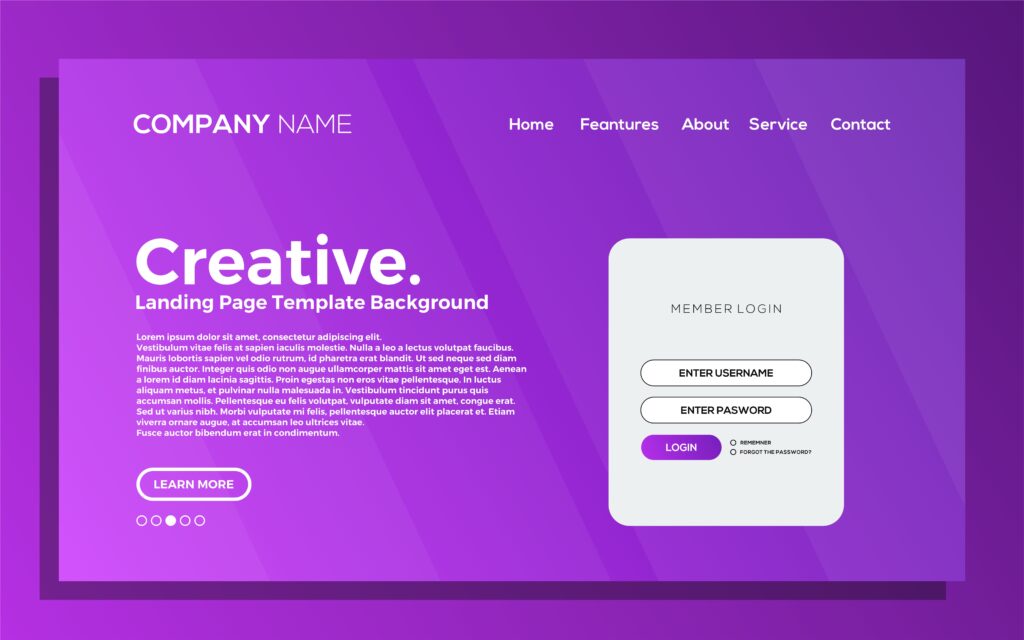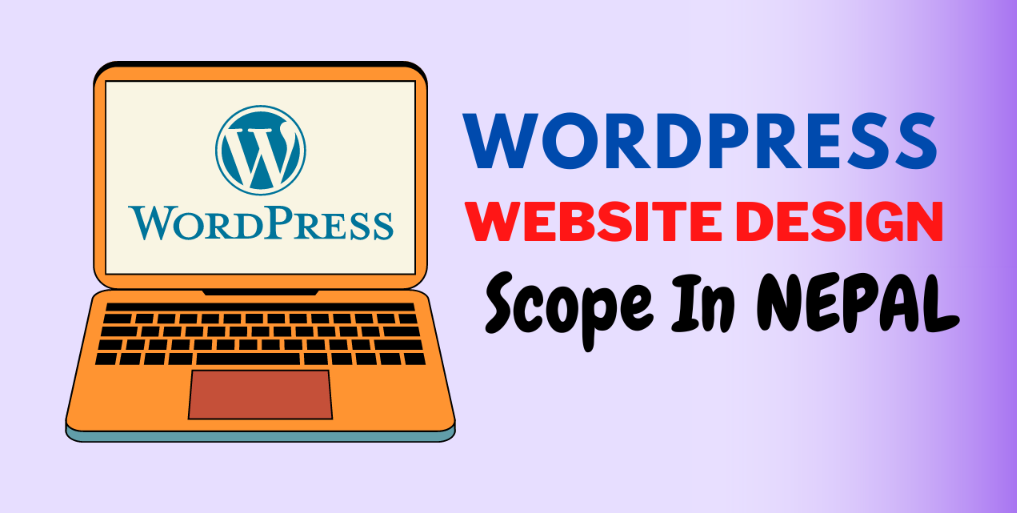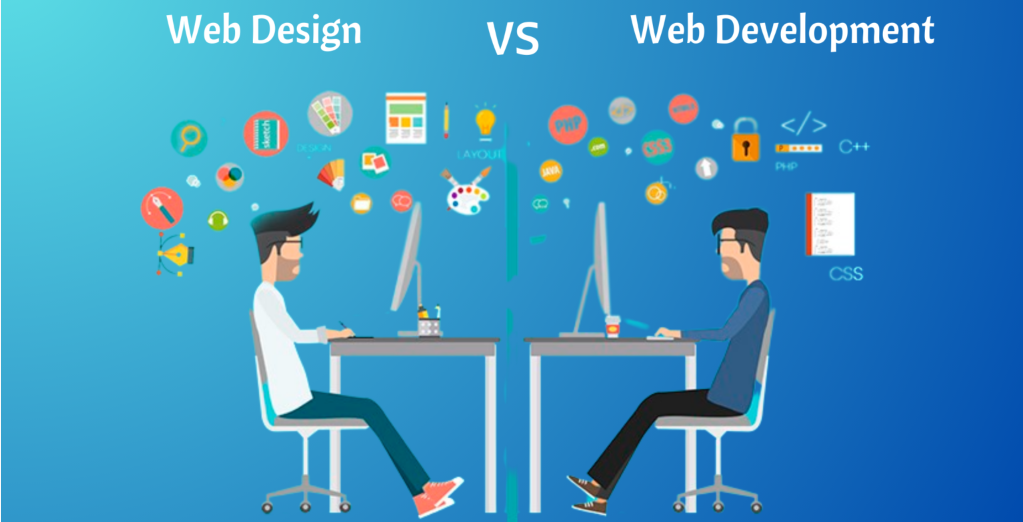Picking the right WordPress theme is essential for creating a website that looks great, works smoothly, and meets your goals. With so many options available, finding the perfect one might seem tricky. Here’s a simple guide to help you choose the best theme for your website, with clear explanations for each step.

1. Know Your Website’s Purpose
Before you start, think about what you want your website to do.
For blogs: Choose a WordPress theme that highlights your articles and makes them easy to read.
For online stores: Look for themes that work with WooCommerce to manage products and sales.
For portfolios: Go for themes with a strong visual focus to showcase your work.
A theme designed for your specific purpose will have the right layout and features to support your needs, saving you time and effort later.
2. Keep It Simple
It’s easy to pick a flashy theme loaded with features, but simplicity often works best.
Why simple is better:
Fast loading: Simple themes load quicker because they don’t have unnecessary features.
User-friendly: Visitors can easily find what they’re looking for.
Easy to manage: Fewer features mean fewer things can go wrong.
Example: If you’re building a blog, don’t choose a theme with e-commerce features you won’t use—it will just slow you down.
3. Select a Mobile-Friendly Theme
More than half of internet users browse on their phones, so your website must look good on small screens. A mobile-friendly (or responsive) theme adjusts automatically to fit different devices.
How to check if a theme is mobile-friendly:
Open the theme’s demo on your phone or tablet.
Use Google’s Mobile-Friendly Test (it’s free!).
If your site doesn’t work well on mobile, visitors will leave, and search engines like Google might rank you lower.
4. Test on Different Browsers
Your visitors might use different browsers like Chrome, Safari, Firefox, Brave or Edge. Make sure your theme works well on all of them.
How to test: Open the theme’s demo in a few different browsers to see if it displays correctly.
If your WordPress theme looks broken in a popular browser, you could lose a large segment of your audience.
5. Make Sure You Can Customize It
Your website should reflect your brand or personal style. A good WordPress theme should allow you to:
- Change colors and fonts.
- Adjust layouts to suit your needs.
- Add or remove features without needing to know code.
Customization gives your site a unique look and lets you make changes as your needs grow.
Tip: Select Themes that work with page builders like Elementor or Beaver Builder which make customization even easier.
6. Check Plugin Compatibility
Plugins are tools that add features to your website. Your WordPress theme should work smoothly with popular plugins like:
WooCommerce: For creating online stores.
Yoast SEO: To improve your site’s search engine rankings.
WP Forms: To create contact or feedback forms.
If your theme doesn’t support the plugins you need, you might face compatibility issues that limit your website’s functionality.
7. Choose a Fast Theme
A slow website frustrates visitors and hurts your Google rankings. Lightweight themes, like Astra or Generate Press, focus on speed and performance.
How to test a theme’s speed: Use tools like GTmetrix or Pingdom to check the theme demo’s loading time.
A fast website keeps visitors happy and improves your chances of ranking higher on search engines.
8. Select an SEO-Friendly Theme
An SEO-friendly WordPress theme helps search engines like Google understand your website better, improving your rankings. Look for:
Clean code: Reduces errors that might confuse search engines.
Mobile responsiveness: A ranking factor for Google.
Fast performance: Also boosts your SEO.
A good theme sets the foundation for strong SEO, making it easier for people to find your website.
9. Check for Regular Updates and Support
WordPress frequently updates, so your theme needs updates too. Regular updates keep your site secure and compatible with the latest WordPress version.
What to look for:
When was the theme last updated?
Is there customer support available?
Are there forums or guides to help you with issues?
Themes that aren’t updated can become outdated and insecure, leaving your site vulnerable to hackers.
10. Read Reviews and Ratings
Reviews from other users can give you a sense of a theme’s strengths and weaknesses.
What to look for:
Positive reviews about speed, design, and support.
Common complaints about bugs or lack of updates.
Reviews help you avoid wasting time on themes with hidden issues.
11. Try the Demo
Most themes come with a demo version. Use it to see how the theme looks and functions before deciding.
What to check:
Is it easy to navigate?
Does it look good on both desktop and mobile?
Does it match the style you want for your website?
Testing the demo helps you avoid surprises and ensures the theme fits your vision.
12. Free vs. Premium Themes
Free themes: Great for beginners or small projects. However, they may have limited features and support.
Premium themes: Cost money (usually $30–$100) but offer more features, better design, and professional support.
If you’re building a serious website, a premium theme can save you time and offer more value in the long run.
13. Plan for the Future
Your website might grow over time, so choose a WordPress theme that can adapt to your future needs.
Examples:
If you plan to add an online store, select a WooCommerce-compatible theme.
Thinking of adding multiple languages later? Look for themes that work with WPML ,Weglot, GTranslate, TranslatePress or Polylang.
A flexible theme saves you from needing to switch themes later, which can be a hassle.
Popular Themes to Consider
Free WordPress Themes:
Astra: Lightweight and fast, great for any website.
OceanWP: Versatile and user-friendly.
Neve: Modern and beginner-friendly.
Premium WordPress Themes:
Divi: Highly customizable with a drag-and-drop builder.
Avada: A powerful all-in-one theme.
GeneratePress: Fast and optimized for performance.
Choosing the right WordPress theme isn’t about finding the fanciest one. It’s about picking a theme that fits your goals, works well, and grows with your needs.
By following these tips—understanding your purpose, focusing on speed and mobile-friendliness, and testing before committing—you’ll create a website that looks great and works perfectly for your visitors.
Take your time, enjoy the process, and soon you’ll have a website you’re proud of!


